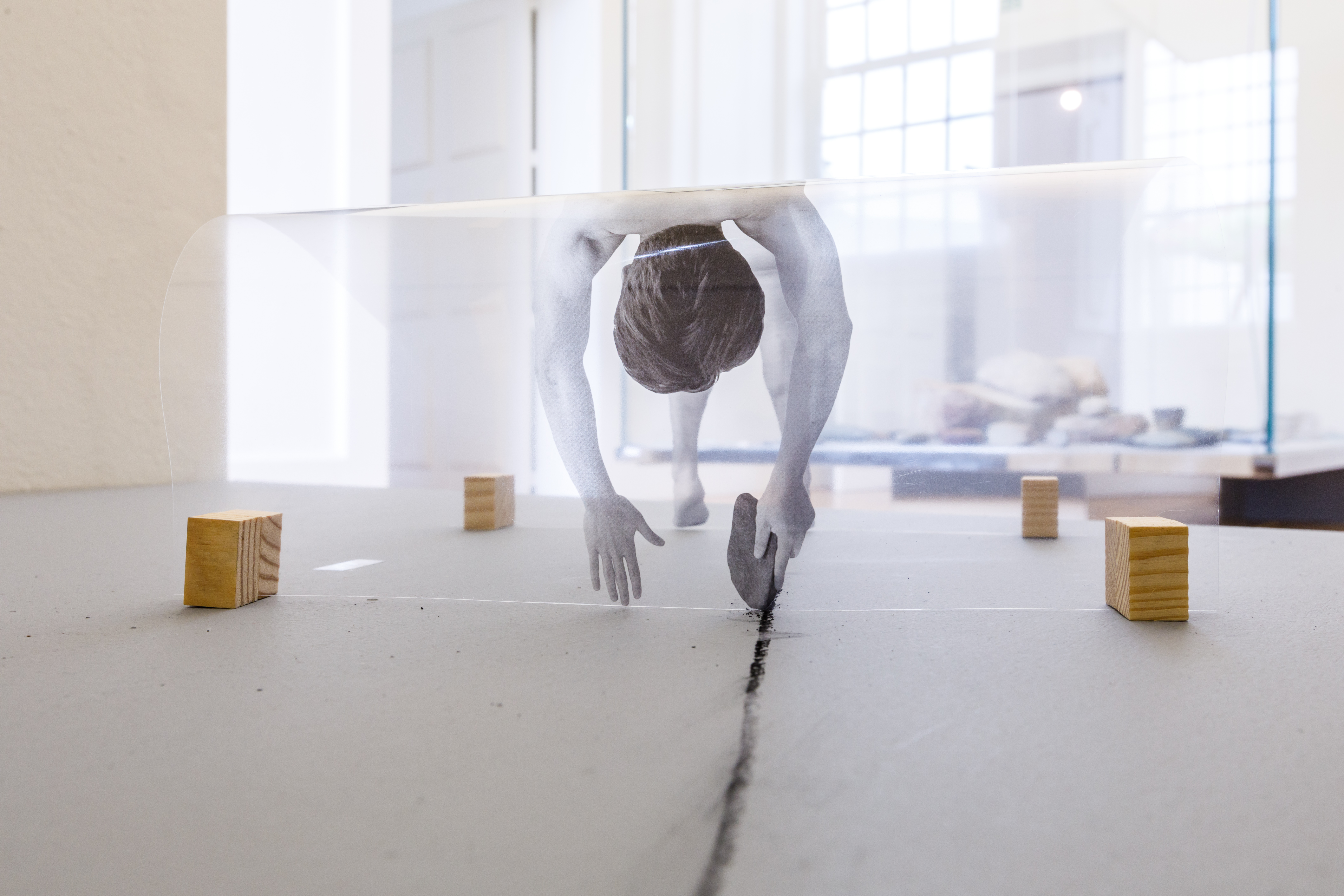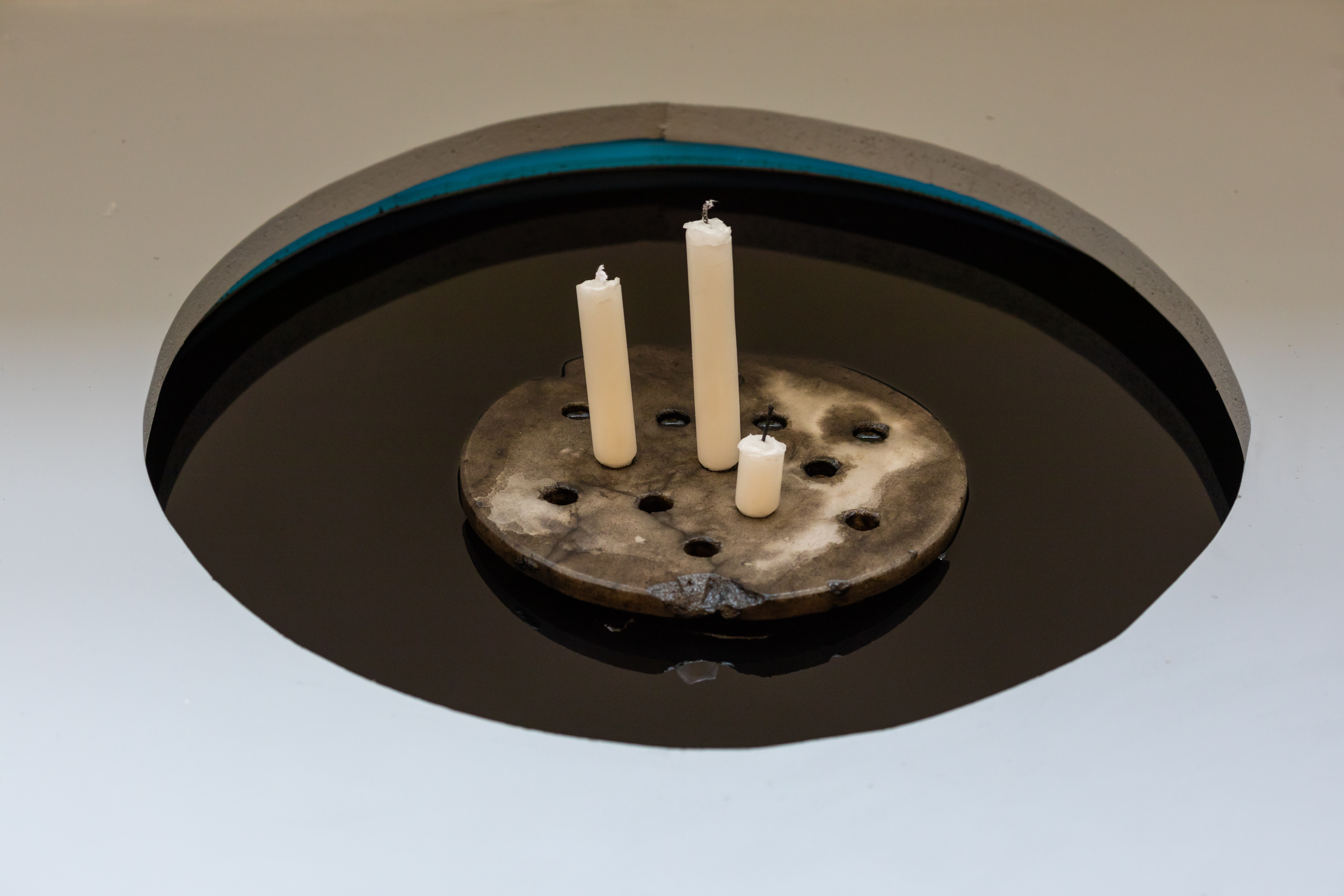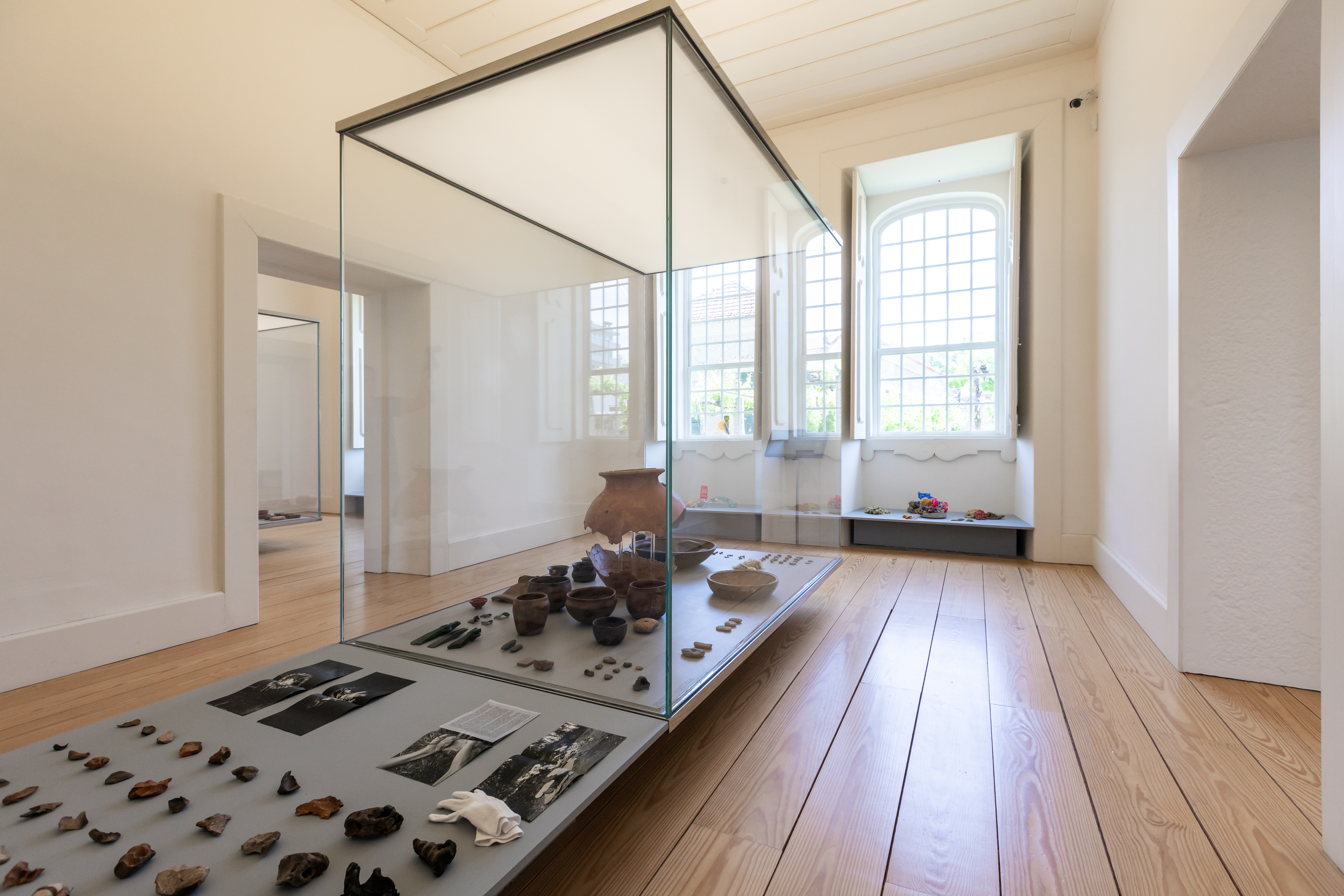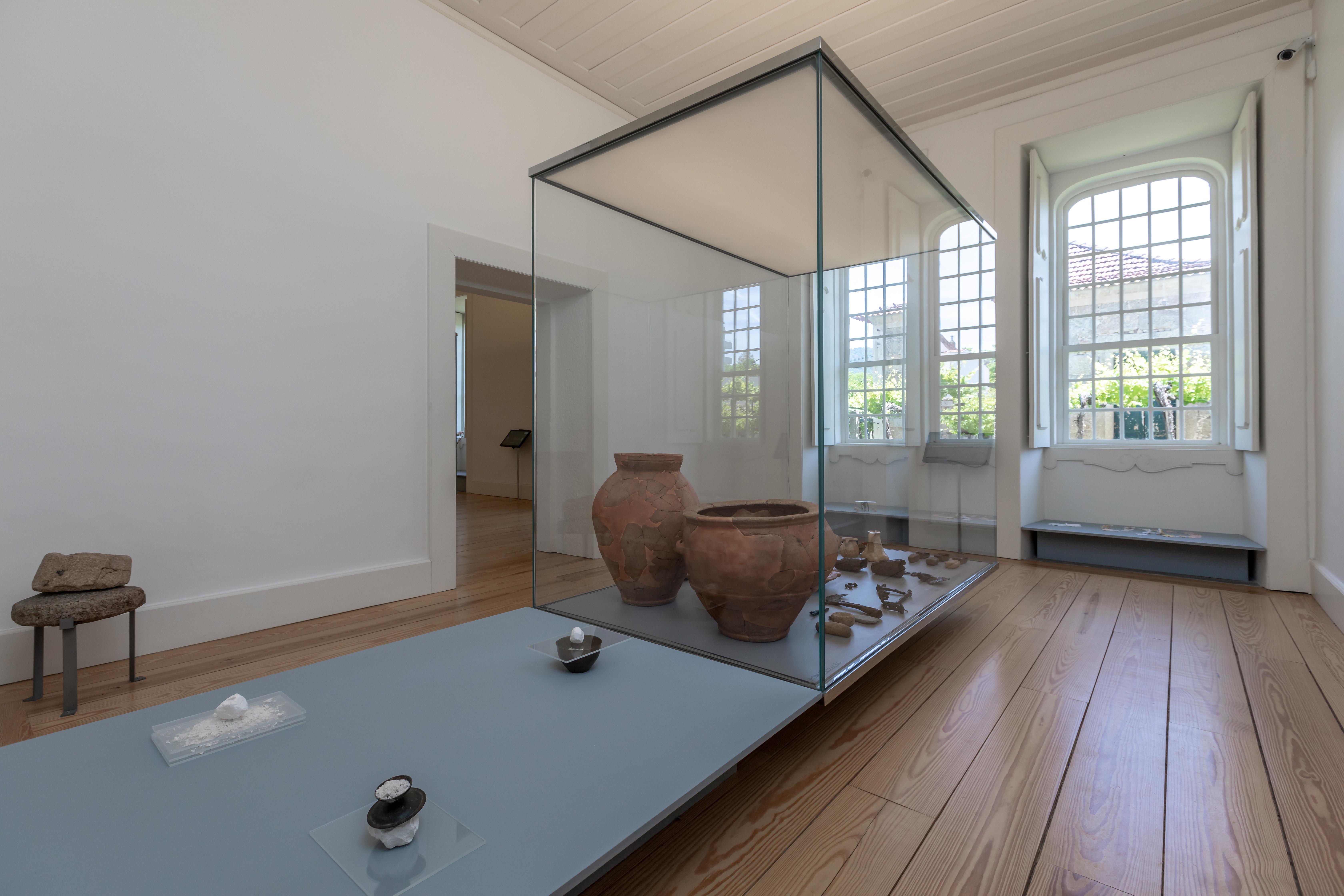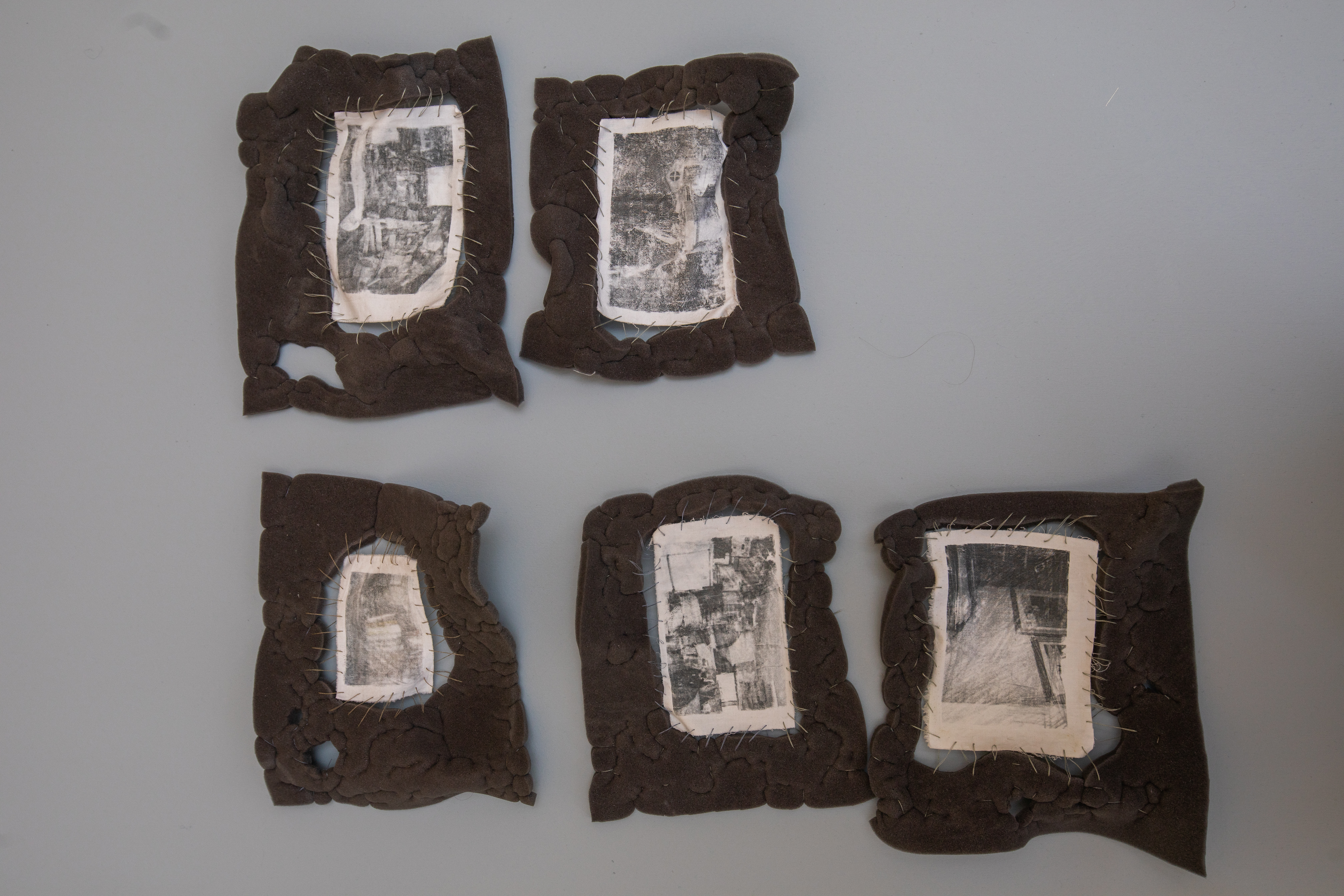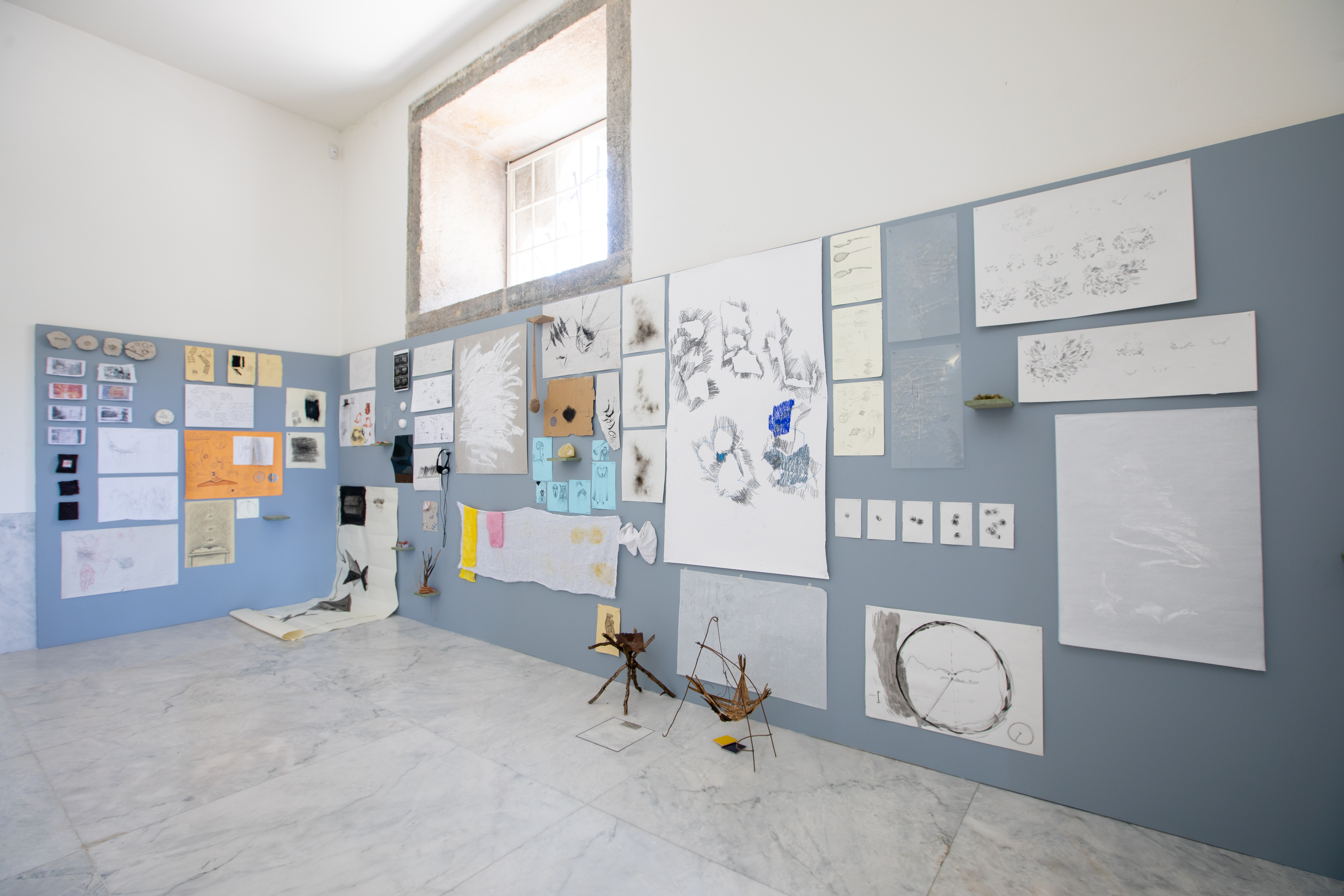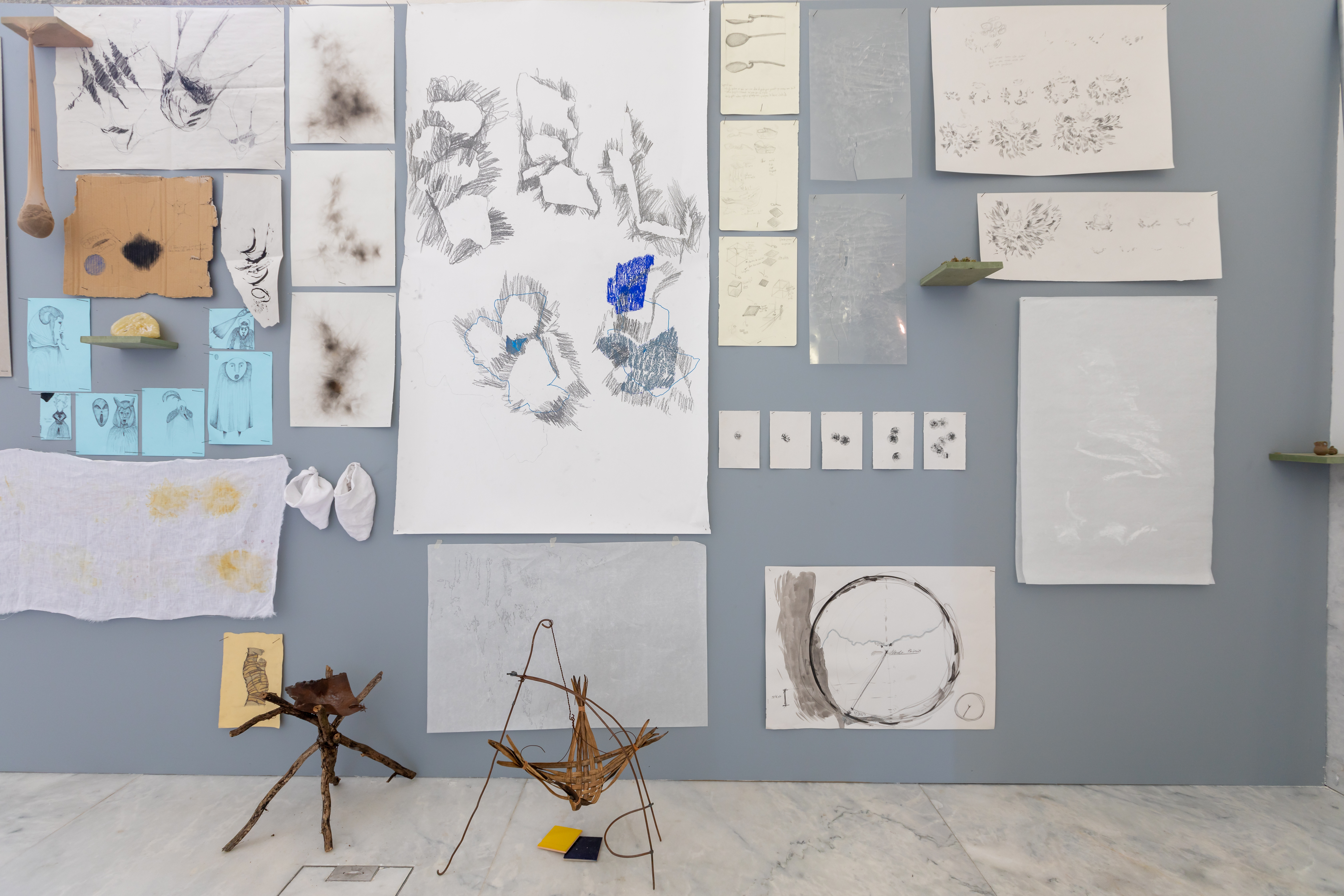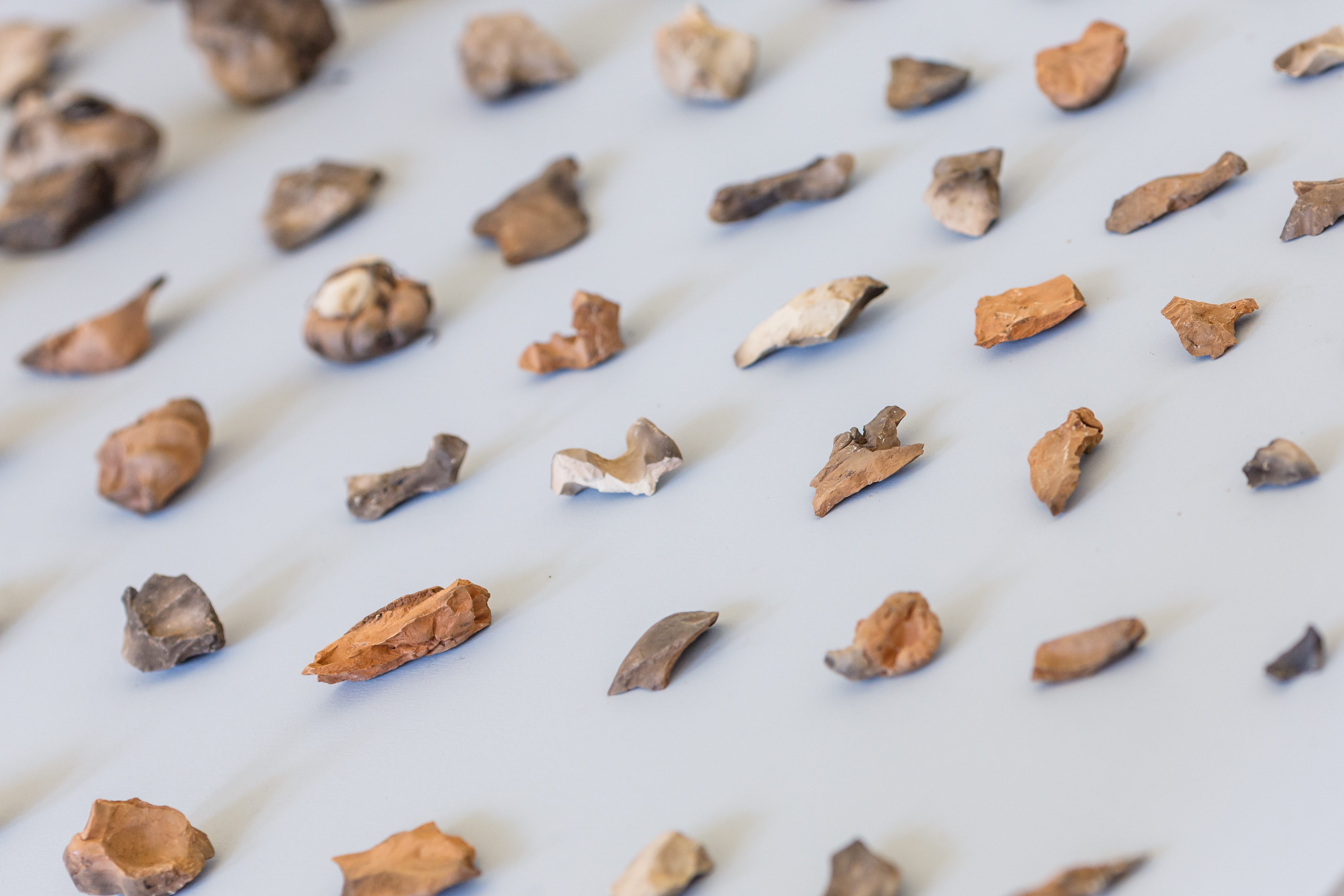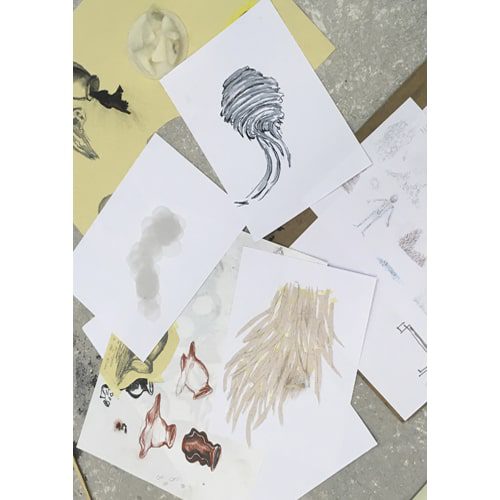Artistic Residency: Deslocações #02 — Religar
04/May/2019
a 26/May/2019
“Religar” is the title of the second edition of the artistic residency Deslocações, a collaboration between the Museu Municipal Abade Pedrosa / Museu Internacional de Escultura Contemporânea de Santo Tirso and the Faculdade de Belas Artes da Universidade do Porto.
In this edition, students from the Sculpture Practices course unit were challenged to select an artifact from the Abade Pedrosa archaeological collection — one with a spiritual character and vocation — as the basis for a sculptural project that would engage with its formal, symbolic, and contextual properties.
This focus on the archaeological trace seeks to direct our attention toward an archaic world of inexhaustible knowledge that escapes the urgencies of daily life, while simultaneously generating an act of self-deciphering within the subject — for when we place ourselves before an artifact and its historical depth, we receive from it a more expansive Self.
It has already begun for us too
Any magical, sacred, or spiritually oriented artifact possesses a genetically plural nature: it brings into collision a set of formal qualities with a broad and discontinuous intentionality within a belief system that must be understood — from sacrifices, festivals, trances, initiation or funerary rites, prayers, music, among others.
It is hardly possible to approach the essence of such an object while ignoring its origin or foundational context. A displacement will always be necessary.
For this second edition of the artistic residency — Deslocações — students from the Sculpture Practices course unit at the Faculdade de Belas Artes da Universidade do Porto were challenged to select an object of spiritual character or vocation from the Abade Pedrosa archaeological collection, in order to undertake a thorough study process leading to the creation of a sculpture capable of entering into dialogue with the chosen trace.
It was, quite simply, about proposing the construction of a dialogue — an intimate conversation between forms, densities, colours, scales, weights, symbols, materials, and ideas. It was, quite simply, about building a relationship.
Even before beginning, we were forewarned (as we now confirm) of the crucial challenge of this task: no archaeological trace can ever be regarded merely as a window into another, more or less immemorial, time — without acknowledging its powerful speculative capacity to unexpectedly return our own reflection.
A ruin is always a window — but also a mirror.
This awareness allowed each student, through their multiple revisitations of the objects, to enter into them — not just into the things themselves, but quite literally into their very being — in a process of self-deciphering.
For when we approach objects and their historical depth, we receive from them a Self that is broader, deeper, and more lucid. To contemplate a sacred artifact while separating it from its original context — or while concealing our own desires in its presence — is an act of naivety, if not of perversion.
Alert and attentive, we sought in this residency to bring a dual concern to the worktable.
First concern — to recognize that in the most archaic roots we may find the least illusory fire;
Second concern — to begin, in that primordial fire, a search for ourselves, “to escape across the centuries from the mechanics of the present; to reach my own thoughts.”
Thus, through weekly meetings over the past two months, each student developed a path of intimate experiences in drawing and small-scale sculpture, initiating a restless and yearning circumspection on and from the chosen object to arrive at the results now presented in this exhibition.
Each journey produced a dialogue, an alternation of (timeless) voices (discourses) that relate through that immense, undecipherable “binding void.”
Samuel J M Silva
Opening
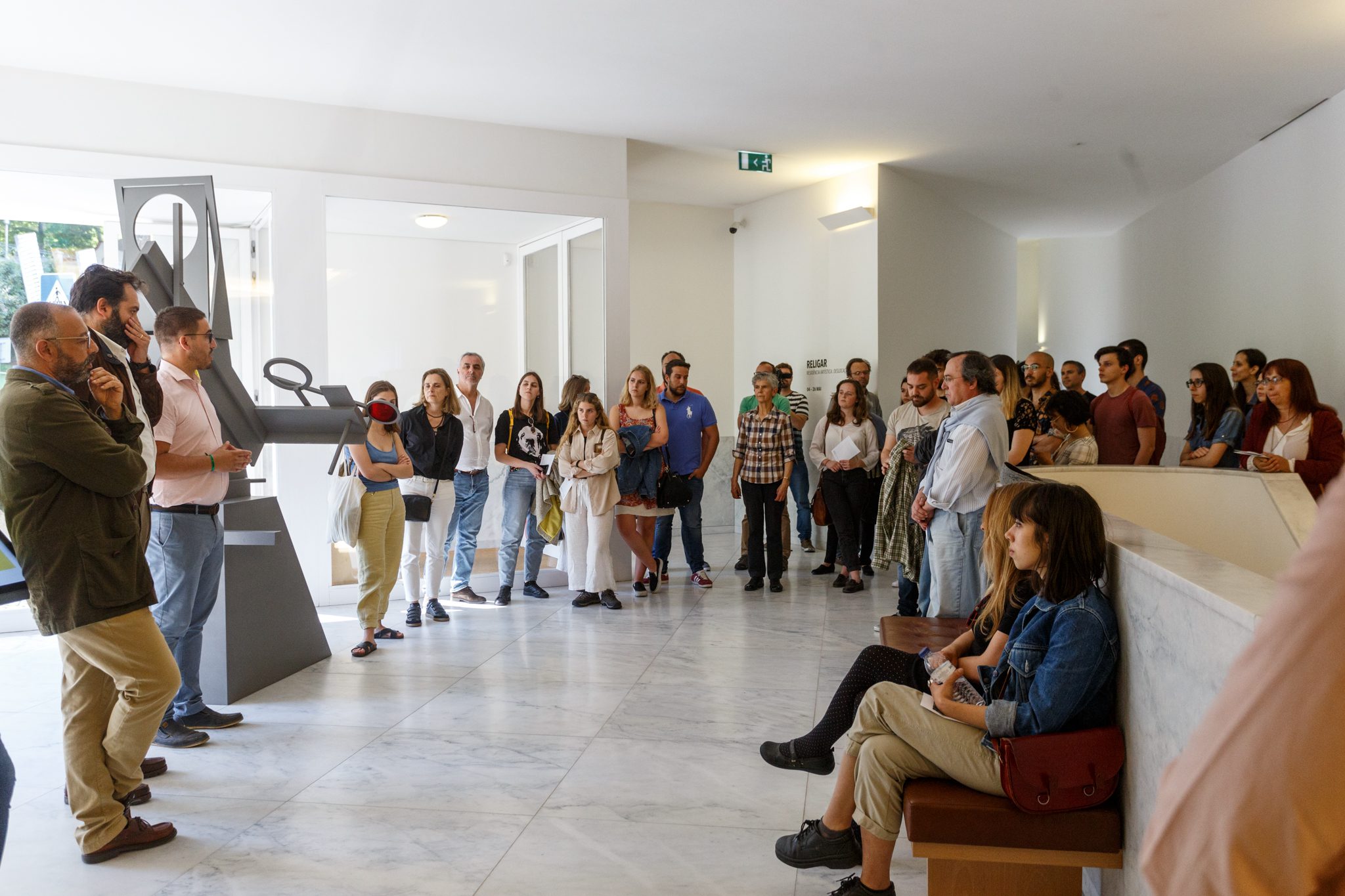
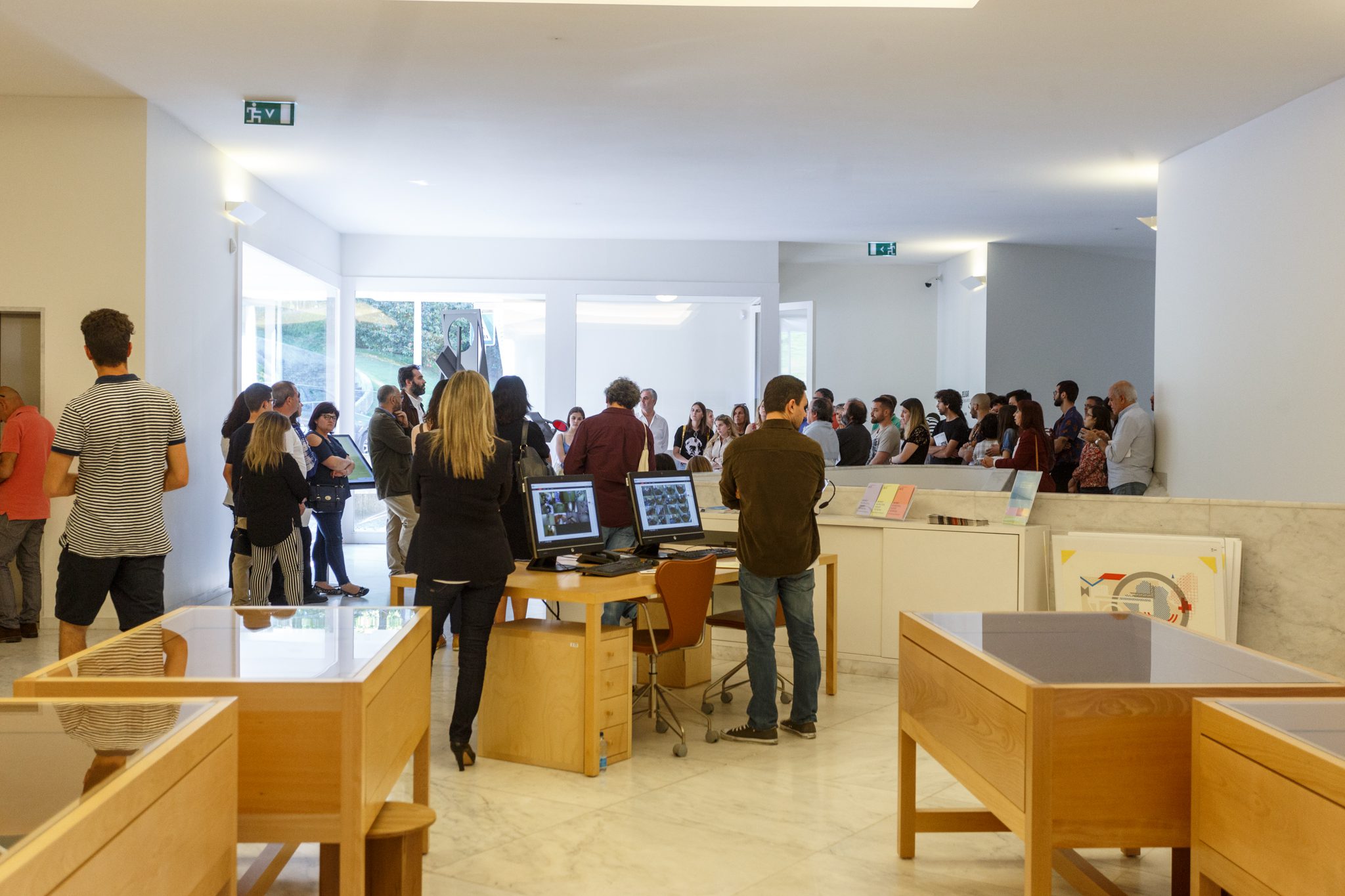
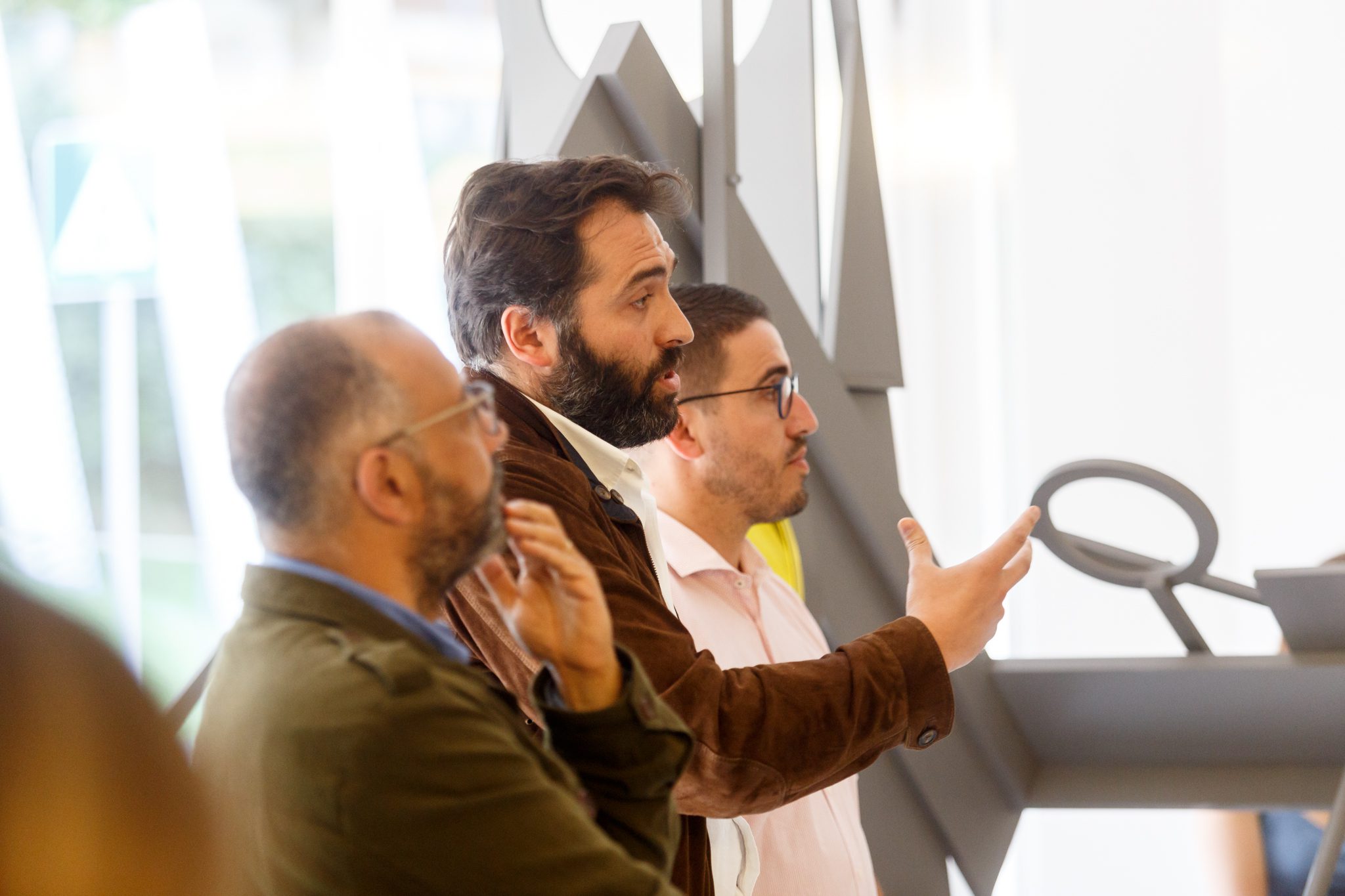
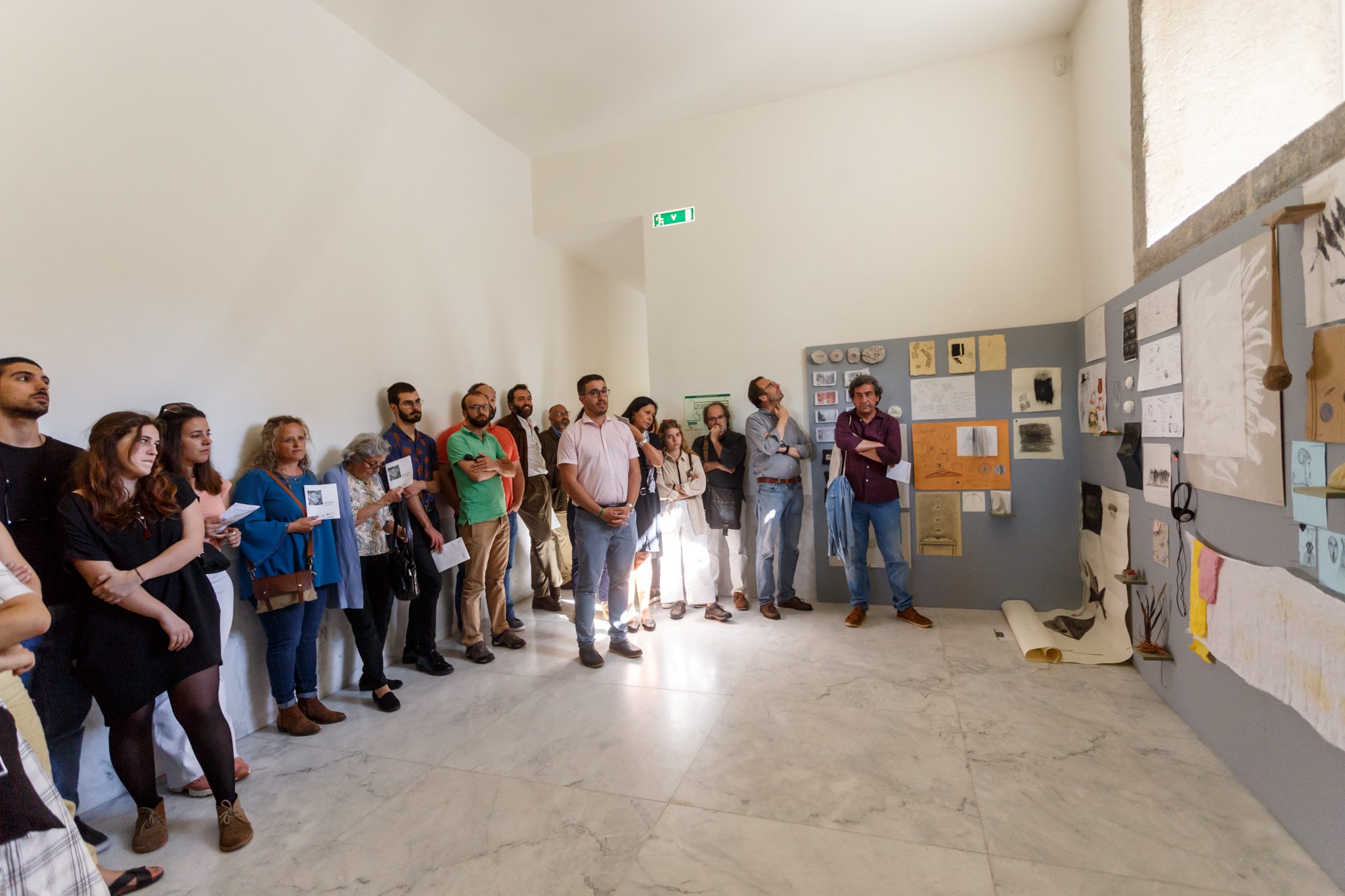
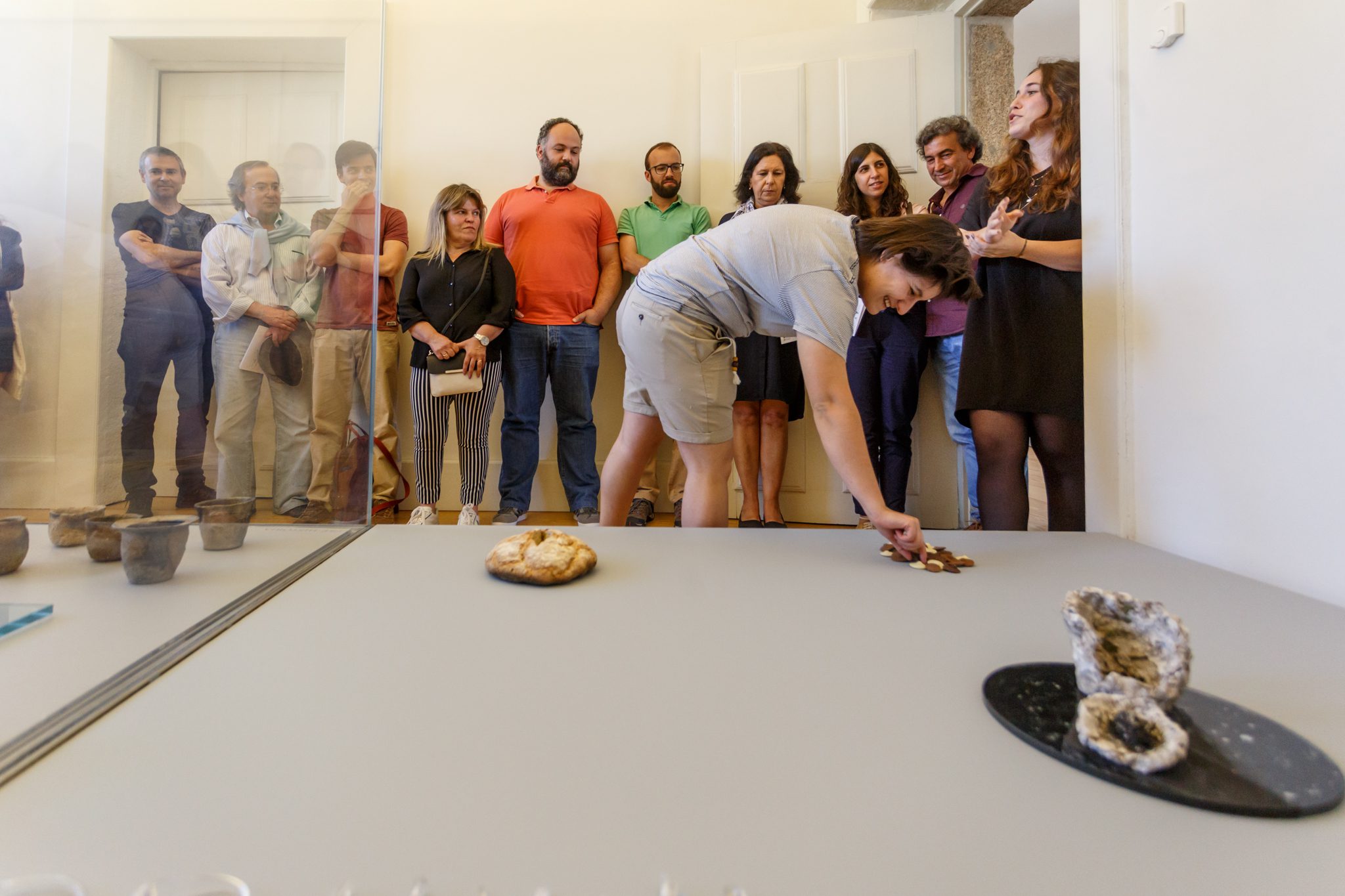
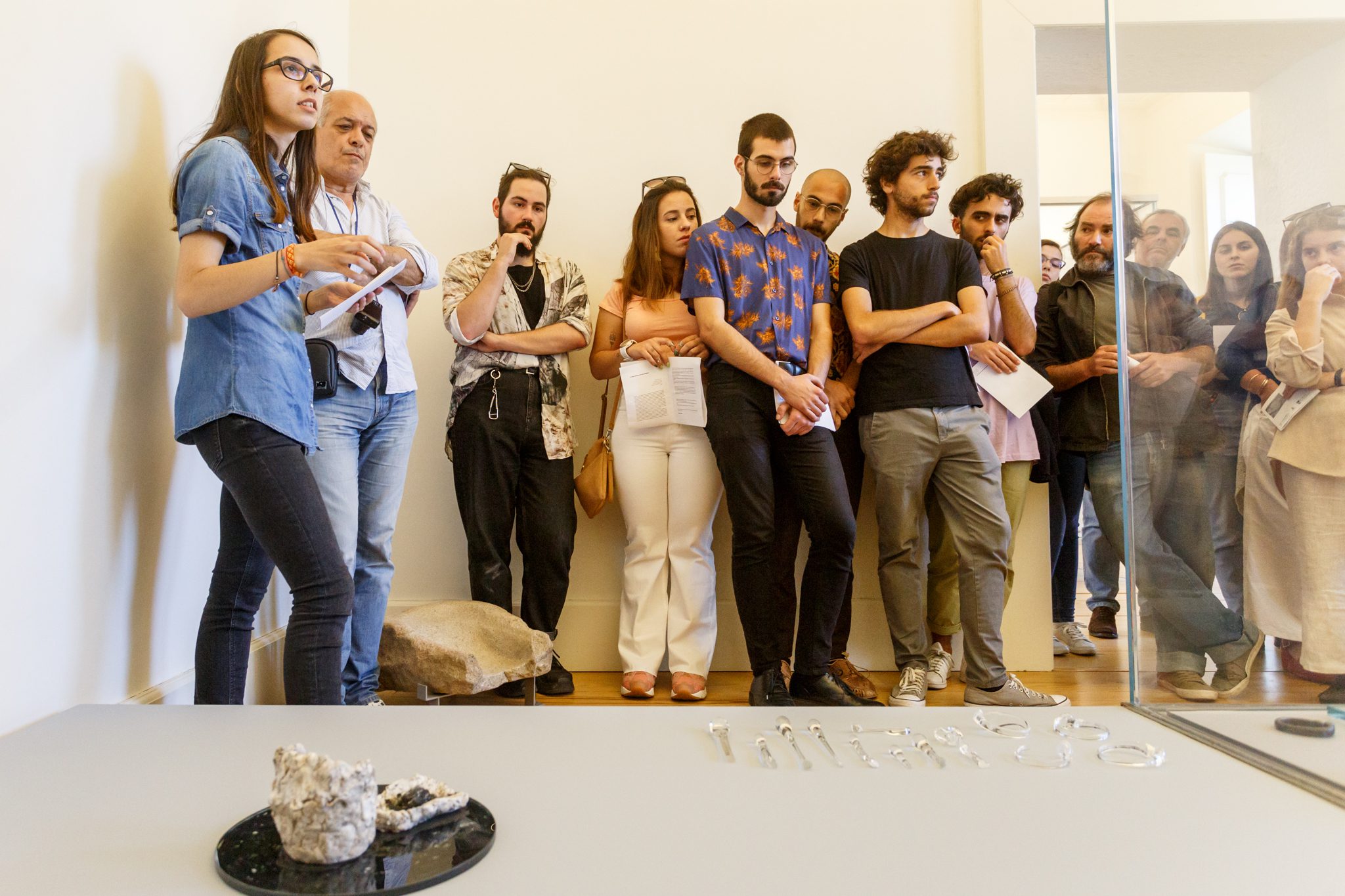
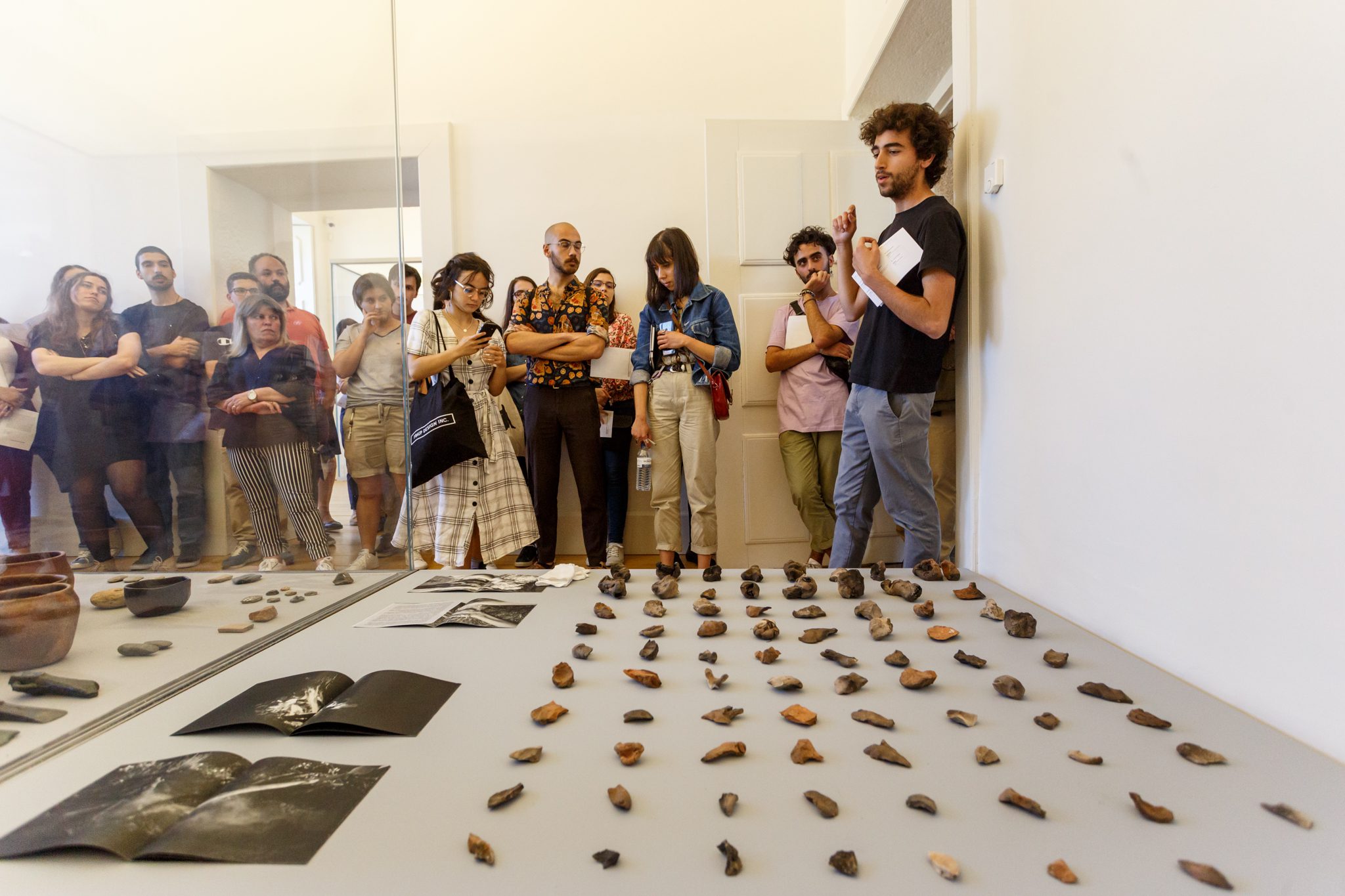
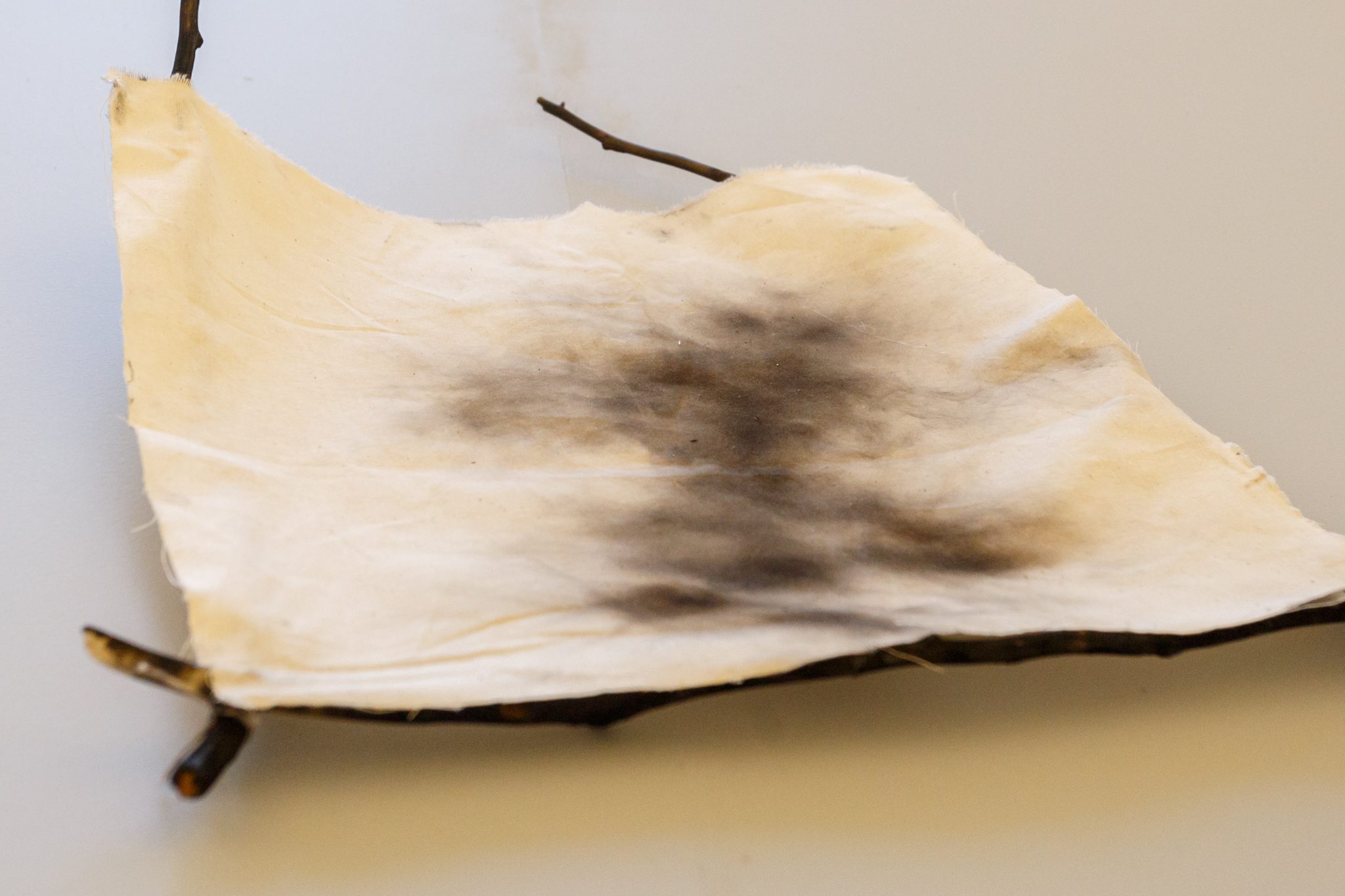
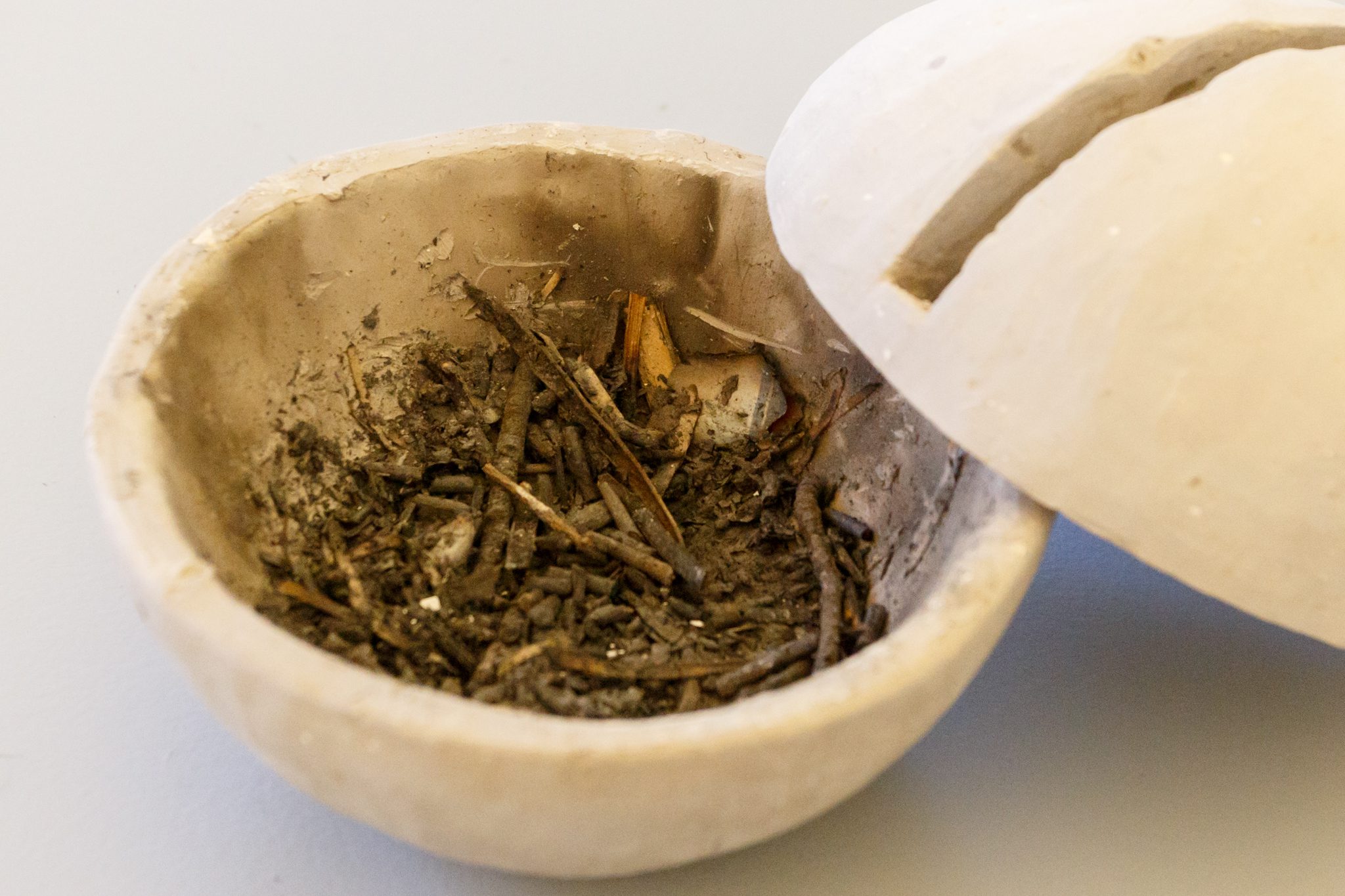
Exhibition
